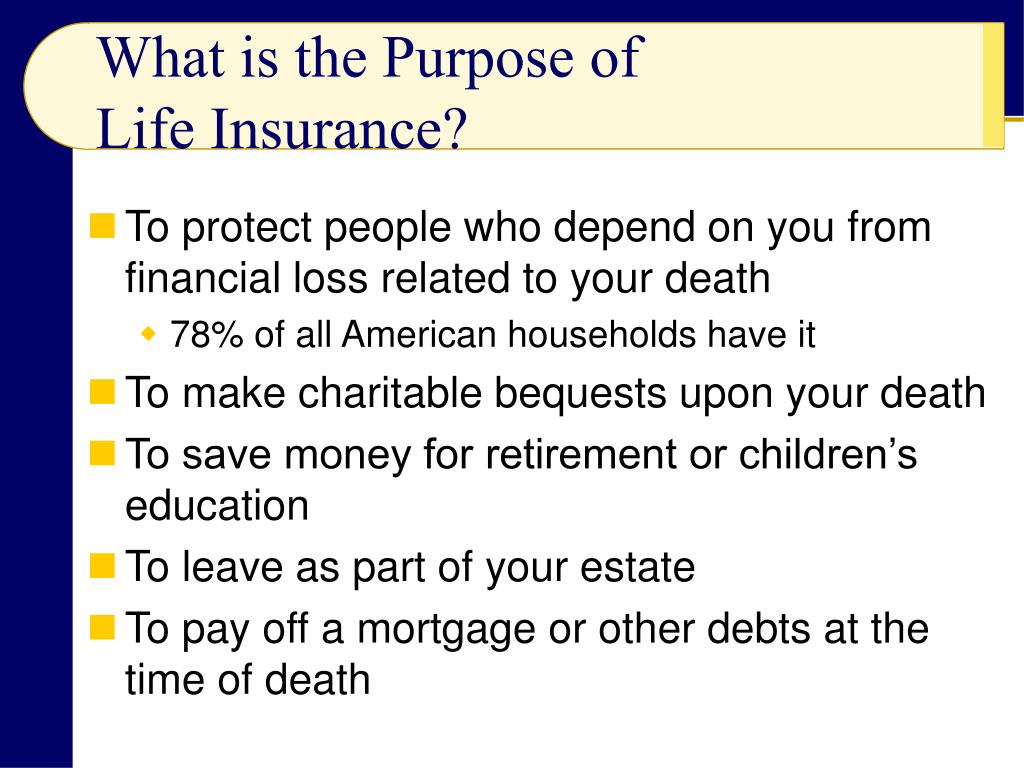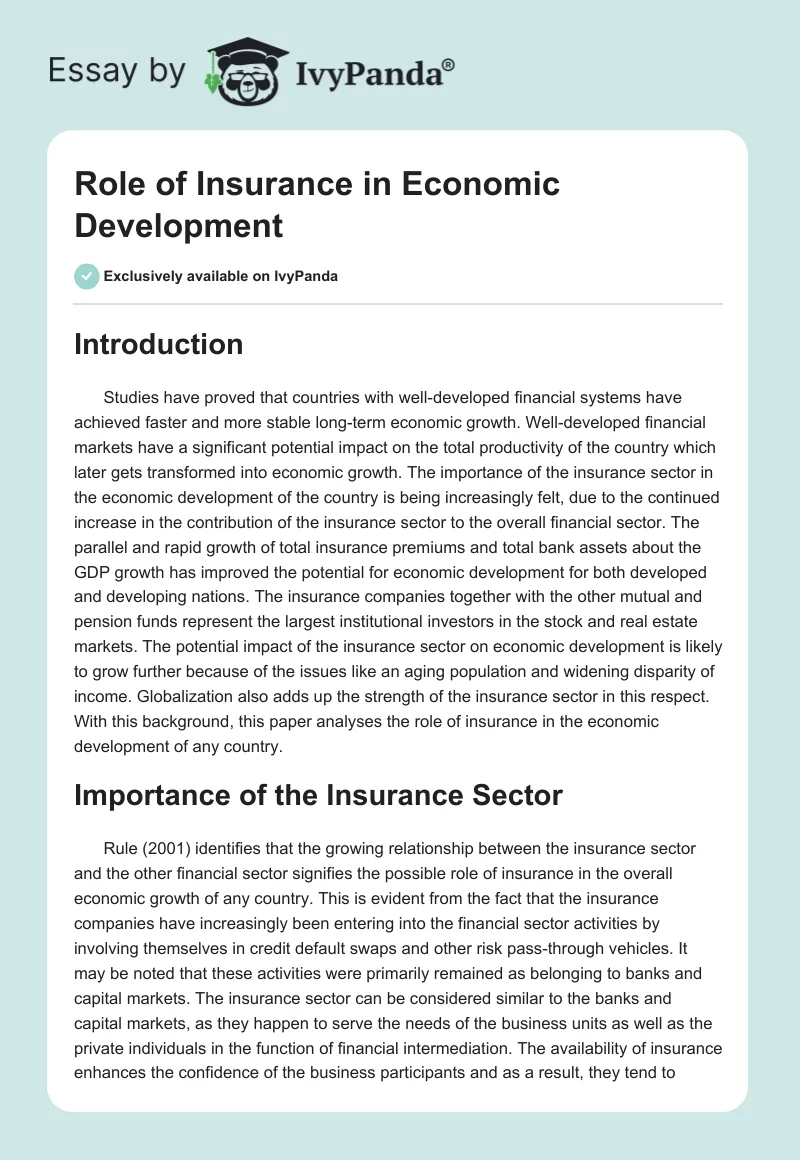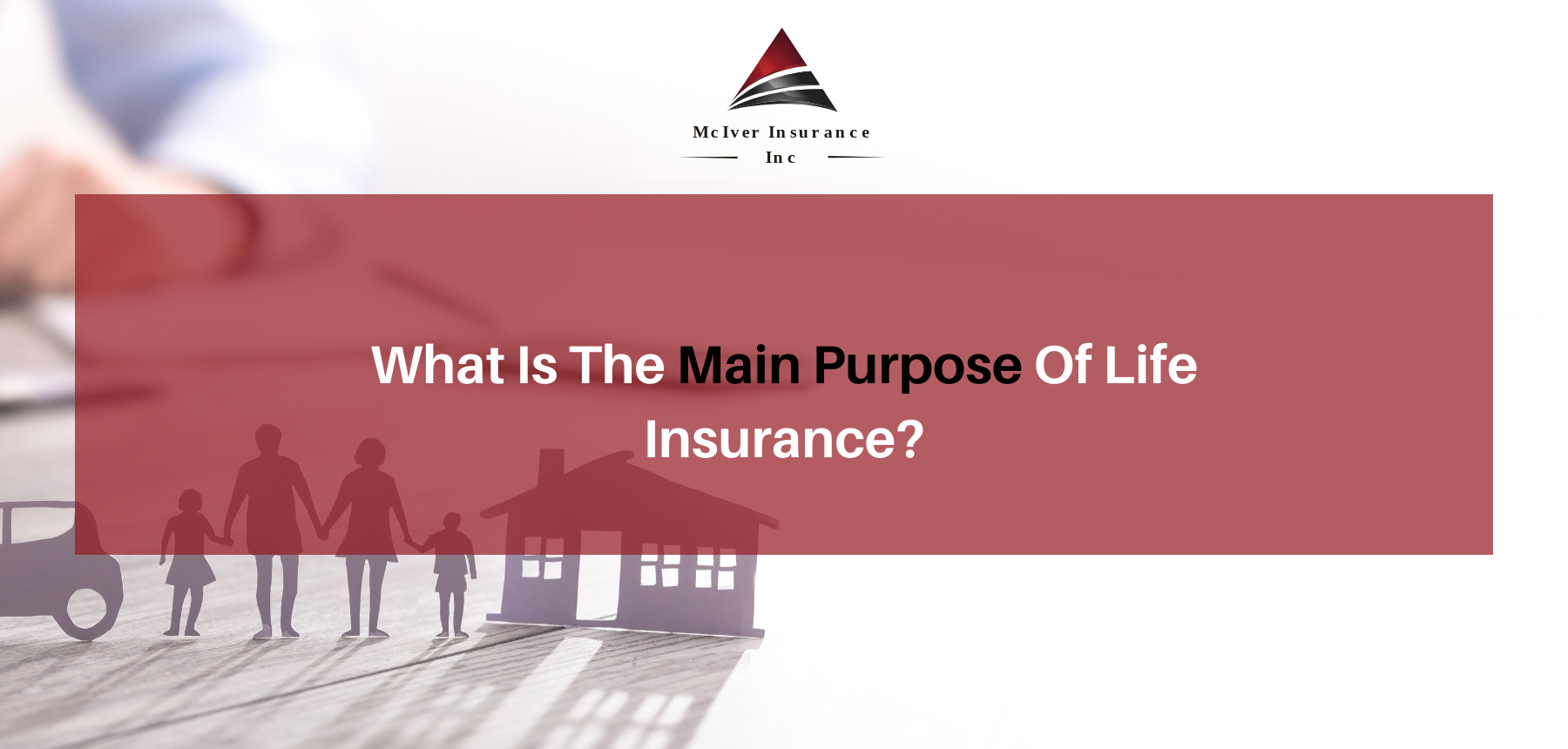Pacific Prime Can Be Fun For Anyone
Pacific Prime Can Be Fun For Anyone
Blog Article
Some Known Details About Pacific Prime
Table of ContentsFascination About Pacific PrimeThe Greatest Guide To Pacific PrimeThe Ultimate Guide To Pacific PrimeThe Definitive Guide to Pacific Prime
In a lot of states, the insurance provider is called for to send you a copy of the modifications to your plan. It is vital that you review Recommendations or Cyclists so you recognize exactly how your plan has changed and if the plan is still ample to meet your needs. To obtain a copy of your insurance plan, please call your insurance agent or business.
The Institute of Medication (IOM) Committee on the Effects of Uninsurance launches an extensive exam of proof that addresses the value of medical insurance protection with the magazine of this record. Insurance coverage Matters is the very first in a series of 6 records that will be issued over the following 2 years documenting the fact and effects of having an approximated 40 million individuals in the United States without health insurance policy protection.

An Unbiased View of Pacific Prime
The objective of this series of researches is to refocus plan focus on a longstanding trouble. Following the lengthiest economic growth in American history, in 1999, an approximated one out of every six Americans32 million grownups under the age of 65 and more than 10 million childrenremains uninsured (Mills, 2000).

Ten percent of the population make up 70 percent of health and wellness care expenses, a relationship that has continued to be consistent over the previous 3 decades (Berk and Monheit, 2001) - global health insurance. Thus wellness insurance proceeds to serve the feature of spreading danger also as it increasingly finances routine treatment. From the point of view of health care carriers, insurance policy lugged by their patients helps secure an income stream, and areas take advantage of economically practical and steady health and wellness treatment practitioners and organizations
Federal government provides health insurance coverage to populaces whom the exclusive market might not serve effectively, such as impaired and seniors, and populaces whose access to wellness treatment is socially valued, such as kids and pregnant women. The ultimate ends of wellness insurance policy coverage for the individual and communities, including office areas of employees and employers, are enhanced health and wellness results and high quality of life.
Pacific Prime for Beginners
Workers rank wellness insurance policy first by much in importance amongst all the advantages provided in the workplace (Salisbury, 2001). There have been substantial investments of individual and public funds to provide health and wellness insurance policy, several individuals still have no insurance coverage. Regardless of extensive reporting of study findings and health and wellness treatment research study results, the basic public continues to be confused and misinformed concerning Americans without health insurance policy and the ramifications of doing not have coverage.

Without concern, the intricacy of American healthcare funding systems and the riches of resources of details include in the public's confusion and skepticism about medical insurance data and their analysis. This report and those that will follow purpose to distill and provide in conveniently understandable terms the comprehensive research study that bears on inquiries visit their website of medical insurance coverage and its value.
Fifty-seven percent of Americans questioned in 1999 thought that those without medical insurance are "able to obtain the care they need from medical professionals and hospitals" (Blendon et al., 1999, p. 207). In 1993, when nationwide interest was concentrated on the issues of the uninsured and on pending healthcare regulation, simply 43 percent of those polled held this idea (Blendon et al., 1999).

They also receive less preventative solutions and are less most likely to have routine take care of persistent conditions such as hypertension and diabetes. Persistent illness can result in expensive and disabling difficulties if they are not well handled (Lurie et al., 1984; Lurie et al., 1986; Ayanian et al., 2000). One national study asked more than 3,400 adults concerning 15 very severe or dark conditions.
Excitement About Pacific Prime
Additional proof exists later in this chapter in the discussion of insurance coverage and accessibility to health and wellness treatment. https://issuu.com/pacificpr1me. Individuals without health and wellness insurance are young and healthy and balanced and select to go without insurance coverage. Practically half (43 percent) of those checked in 2000 believed that individuals without medical insurance are more likely to have health issue than individuals with insurance
Voters and plan makers in emphasis group conversations define those without insurance coverage as young individuals who have the possibility to be covered and feel they do not need it (Concierge Novelli, 2001). Compared to those with a minimum of some private protection, the without insurance are less most likely to report being in excellent or really good wellness (Agency for Medical Care Research Study and Quality, 2001).
RESOURCE: Facility for Cost and Financing Researches, Agency for Medical Care Research and Top quality, based upon MEPS data. Young adults in between 19 and 34 are much more likely to lack medical insurance than any other age team. This is primarily due to the fact that they are much less often eligible for employment-based insurance coverage because of the nature of their work or their brief period in it.
The assumption that individuals without insurance have better-than-average health and wellness adheres to from perplexing the relatively young age profile of the uninsured with the far better wellness, usually, of more youthful persons. This obscures the link in between health and wellness condition and medical insurance. For those without access to office wellness insurance coverage, poor wellness is a potential obstacle to buying nongroup protection due to the fact that such protection might be very valued, exclude preexisting problems, or be just not available.
Report this page